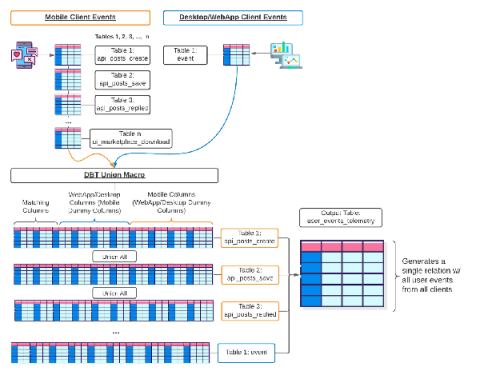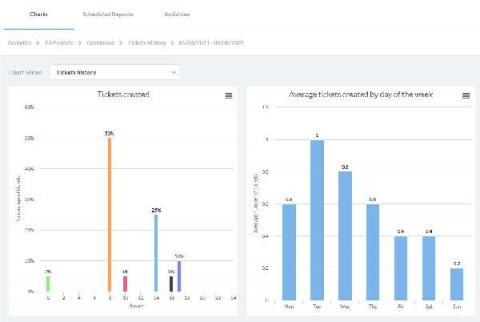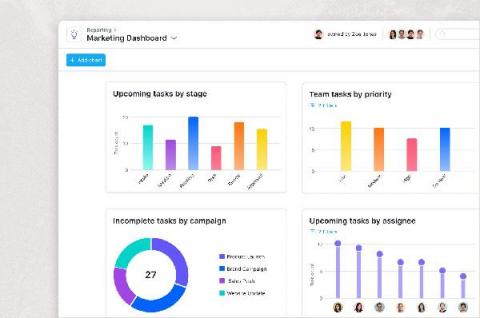Manage Dynamic Schemas at Scale with Rudderstack & dbt
I recently had the pleasure of hosting a webinar with the team over at Rudderstack. It focused on Data Engineering and managing dynamic schemas at scale. More specifically, Rudderstack-generated, dynamic schemas at scale. This blog will discuss the tools, software, and methods to do just that.










